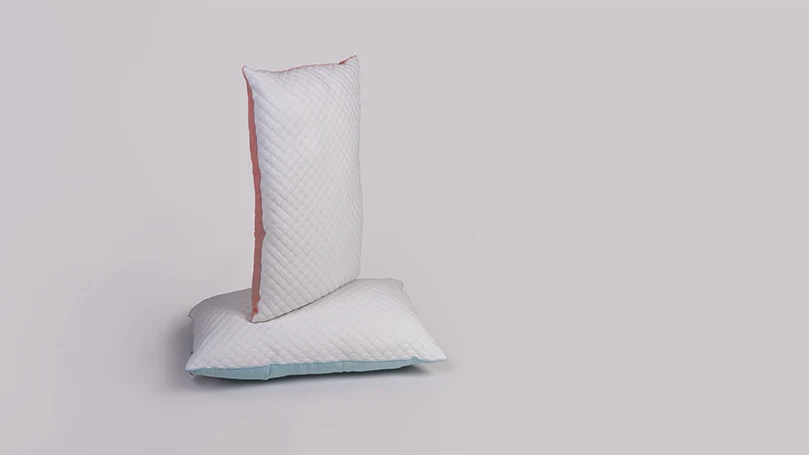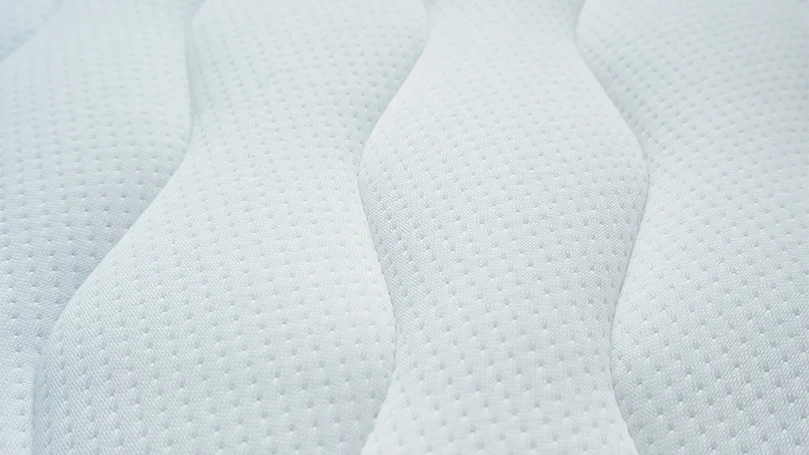What does foam density mean?
You can think of the density of the foam as foam. This means that foam with a lower density can be firm and hard. For example, if you focus on the image of a foam cup, you will notice the same. It is thin, but firm to the touch.
It is wrong to measure the strength based on the memory foam densities because there is a different way to calculate it and only it is correct. This means that there are several factors that will determine the comfort and strength of the mattress. It would be said that the density affects the feeling and performance of the foam quite a lot.

Unlike high density foam, lower density will give the user a softer feel and will not withstand high pressure or weight. Mattress density is important because the comfort of the mattress will depend on it. It also affects in a temperature sensitivity. Some sleepers enjoy sleeping more if they feel contoured and cradled. For others, this can be an unpleasant experience.
That is why there are differences in density so that you can decide on the mattress that will give you the best feeling during sleep. The choice also depends on the desired support, motion isolation and off gassing.
How do we measure foam density?
Weight ÷ width x height x length is the formula based on which you will get the density of a foam material. Density is simply a measurement of weight per unit of volume. When it comes to memory foam, it is measured per cubic foot. Foam density measured in this way is the only correct way to measure it so bear in mind the formula.
However, when choosing a mattress, it is necessary to take into account various factors. This refers to your position during sleep, the ideal temperature you need to fall asleep and similar things. When considering mattresses, it is important to pay attention to key characteristics such as low density foam, high density foam and ultra high density foam.

All three types of mattresses will give you a different feeling. The degree of density of the mattress will tell you how good and durable it really is. The thicker the mattress, the harder it will be for you to manage it. However, this is an indicator of endurance.
When it comes to strength, you will measure it with something that can cause a dent on the mattress. It is precisely the force like human weight that a mattress should be able to withstand. This measurement is performed with ILD, and a higher ILD means a higher degree of strength.
What can influence your dreams?
According to various research, most of the things we do affect our dreams. There are various factors that we might not think of when we think about dreams, but they’re certainly influencing what goes on in our minds as we sleep.
Now, for some of them, we're fully aware of the effect they have on our dreams, mostly because we connected the two, but some of these might even surprise you. Things like your daily activities and the amount of sleep you had previous days affect your dreams, but so do these…
Low density foam
Low density foams tend not to react to your body temperature as it is the case with higher density foam. This means that it will adapt minimally to the body. This density level will be the perfect choice for you if you don't like being too hot during the night.

In general, these foams can be considered a worse option when it comes to sex, but these mattresses are also springier, which will suit some couples better.
High density foam
Mattresses that have high density foam have a longer lifespan than others. It will adapt completely to your body, but it will be warmer for you. It will relieve pain in certain parts of the body and thus relax the body.
On the other hand, if you don't like a warmer sleeping environment, you might prefer to skip this density of foam. They also offer you strong motion insulation. They are not so easy to manage due to their weight.
Ultra high density foam
Ultra high density foam is not something you will encounter often on the market. While it is extremely durable and even people over 100 kg can sleep on it, it is not breathable and thus it will be awful choice for hot sleepers. If you like to sleep on very firm surface, than try to find ultra high density foam mattress.
What mattress’ features does foam density affect?
Density has a great influence on the different performance of the mattress. This refers to its durability, durability, motion insulation and price. It should be emphasized that a high level of density usually implies a longer lifespan. Precisely because of its strength, it will cope with many challenges such as high pressure or weight. Over time, it will not sag as much compared to low density foam.
Durability
Foams that have a high level of density successfully resist all the challenges that time brings. This means that they are quite more durable if we compare them with a lower percentage of density. That is why they are a more popular choice for users, because over time they will not settle down or relax. They are also more resistant to other external factors such as accidental damage and tears.
Pressure relief
If you opt for low-density foam, you will not feel any relief or pain relief. On the other hand, the higher density of the foam of your memory foam mattress will help you relax and release pressure in the back and shoulders. For all those who are waking up with pain and pressure in neck, shoulders, back and hips, pressure relief is most important feature. Whole pelvic area will be sore if mattress does not relief you of pressure. That is especially true for side sleepers.

Temperature regulation
Lower-density foams are a much better choice for those who like a cooler feeling during sleep. However, lower-density foams are definitely better in this category as they provide a neutral temperature.
This means that there will be no heating, as is the case with thicker foams. They absorb much more body heat which means they are a better choice for users who like to sleep in a warmer environment. Breathability is affected by foam density and that is what hot sleepers must pay attention to.
Mattress weight
High-density foams are much heavier than low-density foams. That's why it's not so easy to move them while lower-density foams are more flexible. So if you often have to maneuver your mattress, that weight is a big factor. High density and ultra high density mattresses can be twice as heavy as low density ones.
If you don’t intend to move it once you put it on your bed frame, then it is not very important. Only thing you should pay attention to is to have a strong bed frame.
Spread the word
FAQs about foam density
One of the most common confusions associated with foam density is strength. It happens that the user makes a mistake by having a misconception about the numbers given in the specifications. For example, higher numbers do not mean a firmer mattress. To avoid confusion about it, read some frequently asked questions and answers.
No, foam densities depend on the type of foam and method of production.
On a standard basis, foam should have 32 to 40 density. In addition, there are memory foams that have up to 60 density as well as latex that have up to 65 density.
There is low density foam, high density foam, ultra high density foam and sometimes medium density foam is available.
The densest material can be as much as 10 or 15. For example, 3 high-density foam is used for bedding, couch cushions or foam for seating in cars.
Yes, for example, high-density foam mattress provides more body contouring as opposed to low-density foam. Therefore, denser the foam, the more supportive mattress it is.
Yes, both seat and sofa cushions are made of low density foam, usually ranged between 1.5 and 2.0.

















There are no comments yet
"*" indicates required fields